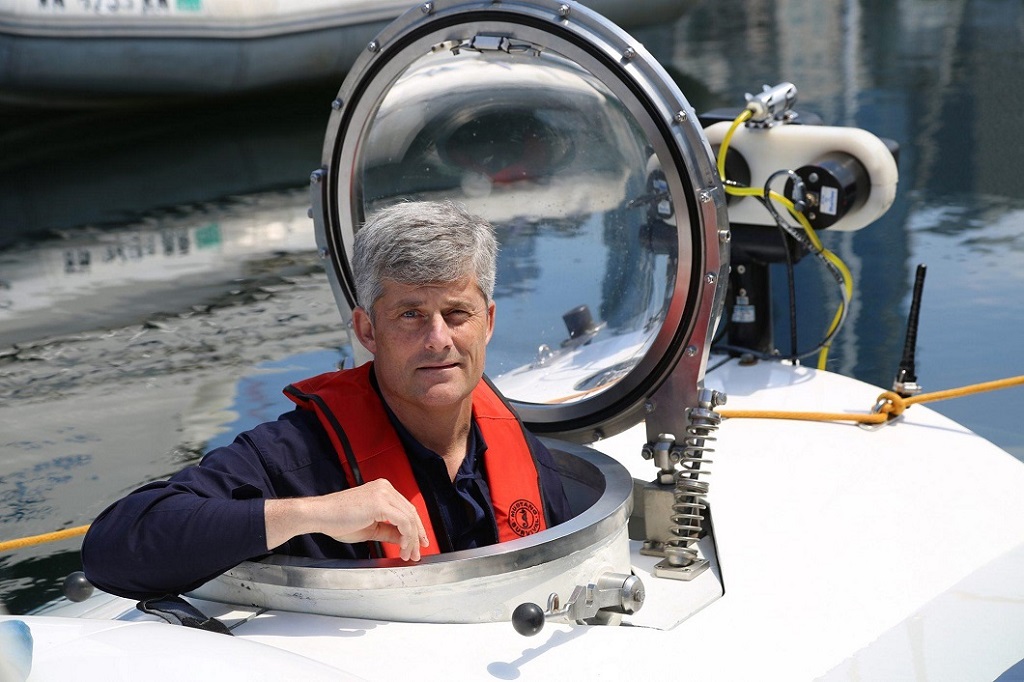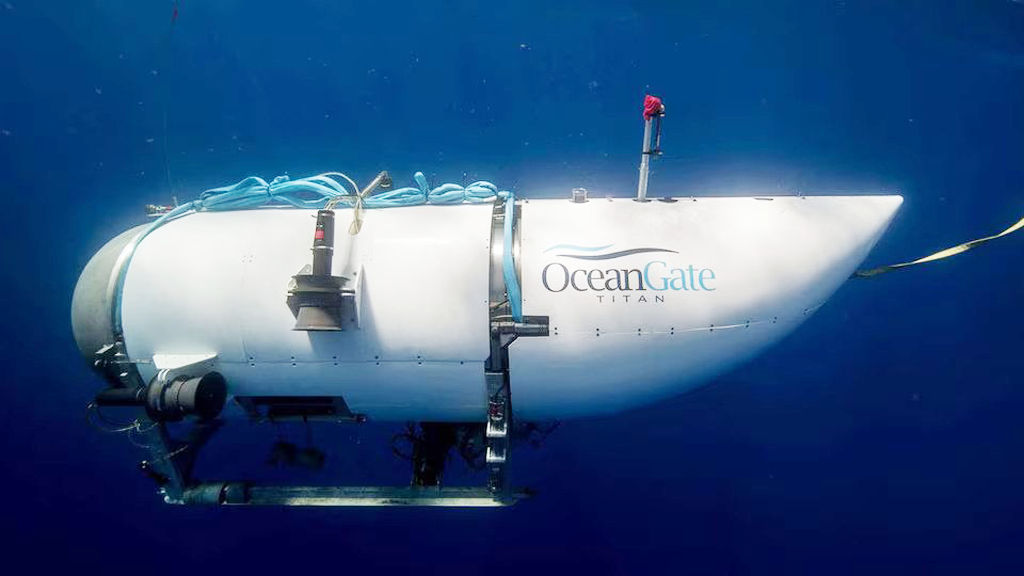TCTM – Even if something has been done 1000 times without issues, it is never certain whether there will be a problem on the 1001st time. This is also true for elevators, everything seemed to be operating normally… until an accident happened.
Titan submarine ignored the safety warning of nearly 40 experts
Recently, the whole world was shaken by the news of the Titan submarine going missing carrying with it 5 victims, who are all people of high statuses. What’s noteworthy about this case is that the submarine did not have a safety certificate, was completely untested, and had received warnings from a group of 38 experts.
The Titan submarine, scheduled to view the wreck of the Titanic, was a part of an 8-day tourism program organized by the OceanGate company. The tourists started their journey from Newfoundland (Canada), then traveled 740km to the wreck of the Titanic with the aid of the Polar Prince ship.
On the morning of June 18th, 2023, local time, the Titan carried its passengers to the seafloor for sightseeing. However, after 1 hour and 45 minutes, the submarine lost contact with the Polar Prince.
The 5 people on the missing Titan submarine include Bristish billionaire Hamish Harding, French expert Paul-Henry Nargeolet, OceanGate Expeditions’ founder Stockton Rush, Pakistan businessman Shahzada Dawood and his son, Suleman.

4 of the 5 passengers who went missing on the Titan on June 18th
As of June 22nd, 2023, American time, the United States Coast Guard (USCG) considered all 5 people on the Titan submarine to tour the Titanic wreck as dead. The rescue force has found debris of the Titan only about 500m away from the Titanic, meaning at a depth of nearly 4.000m. This announcement also ended the large-scale international rescue operation started since the submarine went missing on June 18th.
Why was the Titan submarine operating untested?
According to the New York Times on June 21st, 2023, OceanGate has received a series of warnings from domestic and international experts before the engineering team.
First, in January of 2018, Mr. David Lochridge, the company’s director of marine operation at the time, submitted a report requesting the Titan to be tested more thoroughly. At the same time, he also pointed out that the part of the ship which allows its passengers to observe the Titanic only met the standard for a depth of 1.300m, meanwhile, to be able to see the wreck of the Titanic, the Titan would have to operate at a depth of 4.000m below the surface.
However, the company’s chief executive officer, Mr. Stockton Rush, refused to take the Titan to any safety certification agency. Moreover, after receiving the report, OceanGate fired Mr. Lochridge.

OceanGate’s chief executive officer, Mr. Stockton Rush, who insisted on not registering the Titan for safety certification. He is also the driver of the missing submarine.
Apart from internal warnings, OceanGate also ignored the warnings from nearly 40 experts on submarines, including engineers, oceanographers, ocean explorers…
The reason the Titan submarine could still operate despite skirting the law on inspection is because the Titan was deployed in international waters, which does not belong to any country, therefore, the submarine’s activities did not need to be registered with any country and did not need to follow any related regulations.

The submarine to see the wreck of the Titanic did not have any safety certificate, and received warnings from 40 experts, which was ignored by OceanGate
Lack of transparency in claims on quality
The experts who warned the Titan stated that OceanGate’s marketing strategy is, “to put it lightly, easy to misunderstand”.
OceanGate claimed that their submarine met, or even exceeded the safety requirements of DNV – a risk assessment company. However, OceanGate has never taken the Titan to the company for an assessment.
The group of experts have requested OceanGate to test the submarine under the assessment of DNV or a similar certification agency, stressing that the inspection process by a third party is incredibly important to the safety of the passengers.
In response to these warnings, OceanGate publicly claimed that the Titan is too “advanced”, which could cause a certification, using the current process, to last for years. Therefore, the submarine was never once tested by a certification agency.
What does this have in common with elevators?
According to a few passengers on OceanGate’s previous expeditions, Stockton Rush’s carefulness made them feel very secure, even to the point of them signing liability waivers in the case of death during the trip. “I have never met anyone with such an attention to details. I trust him”, said Mike Reiss, one of the authors of the famous cartoon The Simpson, when participating in a dive on the Titan in 2022.
However, in the end, these are only subjective trust based on subjective safety measures. The reality is still that the Titan has not been inspected or assessed by related third parties.
With both being means of transportation categorized as having risk to occupational safety, in reality, the elevator industry is also encountering a similar problem.
Some elevators are not inspected, maintained, or repaired according to regulations, and operated based on feelings and the mindset that “it’s fine as long as it still moves”. The problem is even if something has been done 1000 times without issues, it is never certain whether there will be a problem on the 1001st time. For most elevator accidents, it is only after they had already happened that the preexisting mistakes in the inspection, maintenance and repair were discovered.
While the fire prevention and firefighting process is routinely inspected on the field, the elevator management process has not been able to do this. For office and apartment buildings, the supervision of elevator users can encourage the compliance of the building managers, however, home elevators are very hard to monitor, and most are based on the household’s own self-discipline.
Would integrating inspections of individual households alongside population surveys be practical, to monitor the people’s compliance more closely, making it no longer dependent on self-discipline? As for elevator buyers, users, or any consumers using any devices with a risk to safety, we should all bypass the subjective beliefs and require concrete proof for safety factors of the device.



